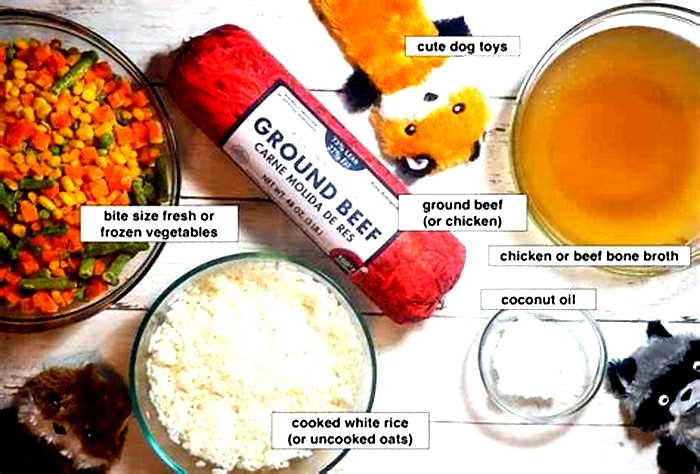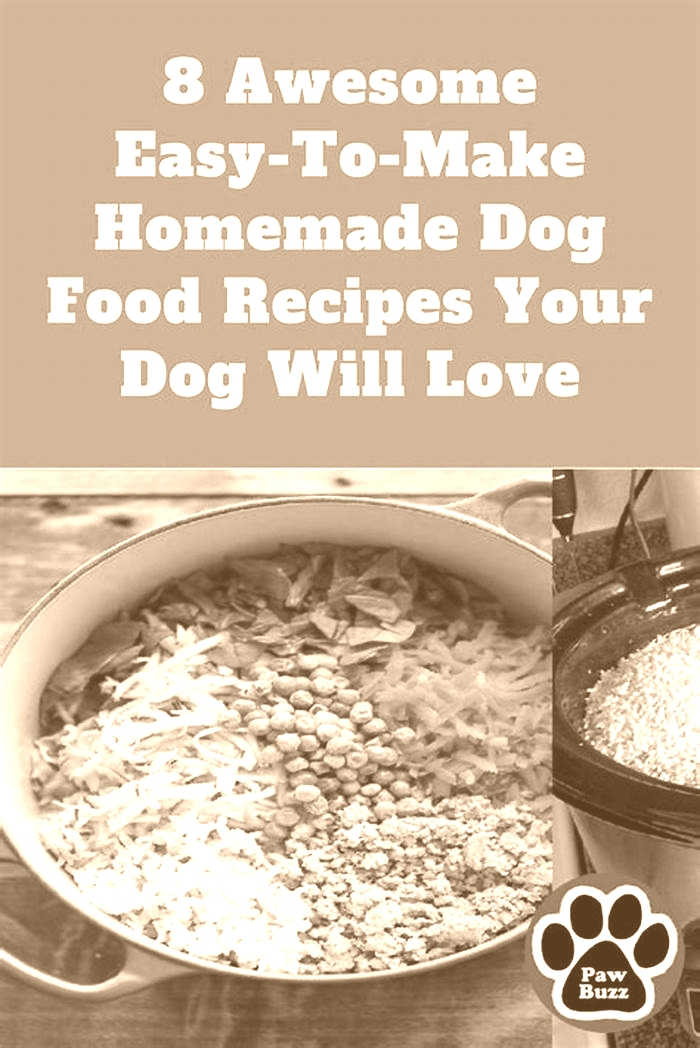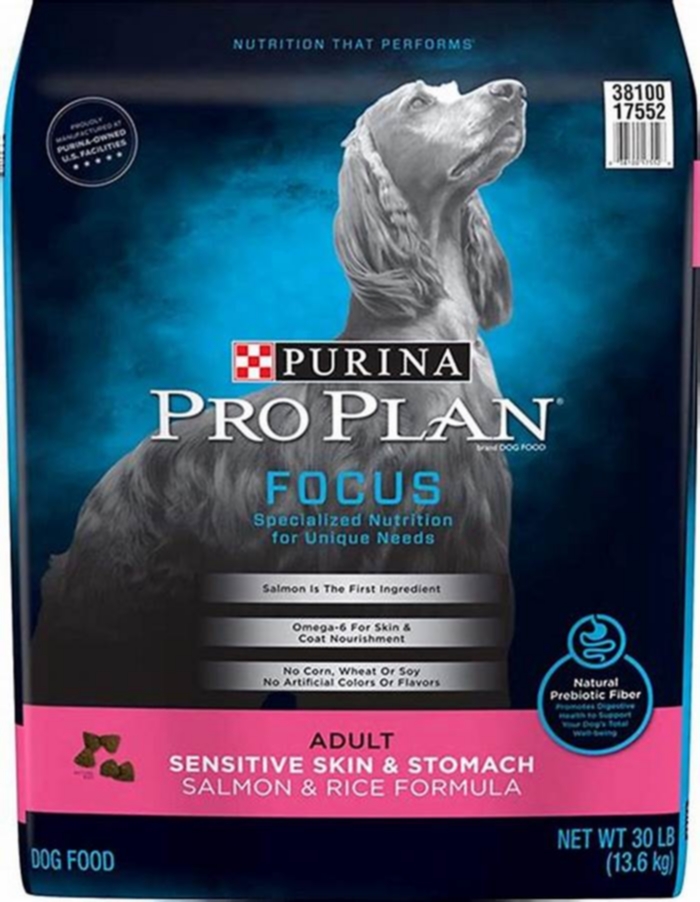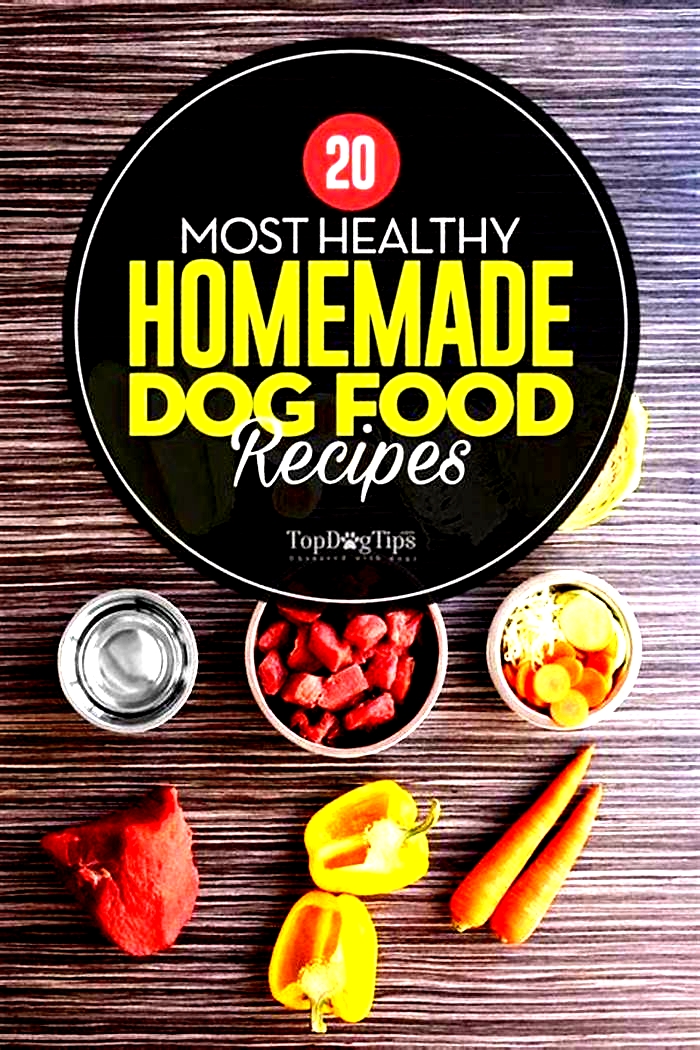what do dogs eat at home

What Do Dogs Eat?
What Do Dogs Eat?
This page contains affiliate links. We may earn money or products from the companies mentioned in this post through our independently chosen links, which earn us a commission. Learn More

Dogs have a reputation for eating anything and everything. Though some dogs can be picky when it comes to whats in their bowl, many dogs will eat just about anything they can fit in their mouths. In some cases, it doesnt even matter if its actually edible.
As apet owner, you have many responsibilities to care for your pet. Your dogs health and well-being should be your top priorities. This includes making sure your dog gets the exercise and attention he craves, receives the veterinary care he needs and deserves, and is fed a healthy diet.
When it comes to choosing the best dog food, many pet owners find the sheer number of options overwhelming. It may take some time and a fair bit of research to choose the right product for your pup, but its well worth it. Providing your dog with a healthy and balanced diet is the key to maintaining long-term health and well-being. Health benefits of a balanced diet include healthy skin and coat, a strong immune system, and healthy digestive system functioning. All of this means more time you get to spend with your canine companion!
Though what you put in your dogs food bowl will make up the majority of his diet, mostpet ownersend up feeding their dogs treats (and the occasional table scraps). Before you put anything in front of your dog, however, its important to make sure you know its safe.
Heres what you need to know about what dogs can and cant eat.
Safe and Unsafe Foods for Dogs
Are you wondering what your dog can and cant eat? Just because your dog can eat something doesnt mean he should. Some of the foods you eat on a daily basis can actually be quite toxic for pets like dogs and cats, so its important to do your research.
Weve assembled a list of dozens ofhuman foodsthat are and arent safe for your pet dog. Here they are!
21 Foods That Are Safe for Dogs:
- Commercial dog food
- Meat (cooked)
- Poultry (cooked)
- Fish (cooked)
- Seafood (cooked)
- Eggs (cooked)
- Apples
- Bananas
- Berries
- Broccoli
- Carrots
- Cauliflower
- Celery
- Green beans
- Lettuce
- Melon
- Pineapple
- Pumpkin
- Cooked rice
- Sweet potatoes
- Whole grains
11 Foods Dogs Can Eat in Moderation:
- Cheese
- Milk
- Salt
- Cereal
- Cashews
- Peanuts
- Peanut butter
- Coconut
- Tomatoes
- Honey
- Potatoes (cooked)
12 Foods That Are Not Recommended for Dogs:
- Almonds
- Bread
- Corn
- Wheat
- Soy
- Lemons/limes
- Coffee
- Tea
- Cinnamon
- Nutmeg
- Sugar
- Raw potatoes
19 Foods Toxic or Harmful to Dogs:
- Avocado
- Alcohol
- Chocolate
- Onions
- Garlic
- Raisins
- Grapes
- Macadamia nuts
- Xylitol
- Raw yeast dough
- Rhubarb leaves
- Fruit pits/seeds
- Fried food
- Table scraps (high-fat foods)
- Raw meat
- Raw poultry
- Raw seafood
- Raw fish
- Raw eggs
Althoughraw dietsfor dogs have become more popular, the FDA and major veterinary organizations advise against feeding them.Raw meatsand poultry can contain bacteria likeSalmonellaandE. colithat can cause food-borne disease in dogs, causing anupset stomachand otherdigestive problems.
Raw seafood, fish, and eggs can also contain bacteria and other parasites that can make dogs quite ill. Feeding raw food diets to dogs also puts pet owners at risk for food-borne disease from handling the raw food during meal preparation.
Understanding which foods are and are not safe for your dog is essential, but its also important to understand your dogs nutritional requirements if you want him to be healthy. Read on to learn the specifics of what to feed your dog at different stages of life.
Types of Dog Diets
Dogs are descended from wild wolves, making them natural predators. You might assume this also makes your dog acarnivore, but its not quite that simple. While dogs have evolved to subsist on a diet comprised primarily of meat, they do have some ability to derive nutrition from plants.
In the wild, wolves hunt prey but when times are lean, they are able to digest plant materials to some degree. In terms of anatomical adaptations, cats have a short digestive tract for whichcarnivoresare known, while herbivores have much longer intestines to facilitate the digestion of plant products. Like humans, dogs fall somewhere in the middle.
Though dogs may be able to digest plant material to some degree, their bodies are still made for meat. Acknowledging this simple fact is the key to understanding your dogs nutritional needs.
Here is a quick breakdown of the different components of a balanced diet for dogs:
- Animal-Based Protein Animal-based protein should be the first ingredient in your dogs diet. A good source of protein is meat, along with poultry and fish. Plant proteins, like legumes, can provide supplemental protein but should not be the primary ingredient.
- Healthy Fats Essential fatty acids omega-3 and omega-6 fatty acids should come primarily from animal-based fats (like chicken fat or salmon oil), though plant fats can be used to balance the omega-3 and omega-6 content of a commercialpet foodproduct.
- Vitamins and Minerals Vitamins and minerals are essential for good health. Key vitamins include vitamins A, D, E, while important minerals include calcium and potassium. Natural sources for vitamins and minerals (whole grains, fruits, and veggies) are best, though most commercial dog foods also include synthetic supplements to help ensure optimal nutritional balance.
- Carbohydrates Carbohydratesindog foodshave gotten a bad reputation as of late. Butcarbohydratesare an essential nutrient in dog diets. They are a key source of energy and dietary fiber for dogs. The fiber that comes fromcarbohydratesis critical for a healthygastrointestinaltract.
- Water Moisture is an essential component of a healthy diet for dogs. Dogs need a constant supply of fresh water to drink.
Now that you know what kinds of foods make up a balanceddogs diet, youre probably curious to know how much to feed your dog. Keep reading to learn about feeding recommendations for pet dogs.
Meeting Your Pet Dogs Nutritional Needs
When shopping fordog food, youll find that there are dozens, maybe hundreds, of different brands out there and an endless array of recipes to choose from. It can be overwhelming to try to choose from among all these options, but if you keep your dogs basic nutritional needs in mind, youll find it a little easier to sort out the good options from the bad.
To narrow down yourdog foodselection, remember the basic nutritional requirements from the last section. Once youve eliminated options that dont meet these requirements, you can further pare down the list by comparing the options side-by-side to find the best product in your price range.
If you still need help choosing the right food for your dog, your veterinarian can provide guidance on what food will be most appropriate for your dog.
In addition to identifying ahigh-qualitydog food, its also important to consider your dogs life stage.
All dogs have the same basic nutritional requirements, but their needs for certain nutrients fluctuate throughout their lives. For example, compared toadult dogs, puppies need a much higher percentage of protein and energy to fuel their growth and development. Once your puppy becomes an adult, healthy weight maintenance becomes the primary objective.
Protein should make up at least 22% of a growing puppys diet, andadult dogsneed about 18%. Healthy fats provide a concentrated source of energy and should make up at least 8% of a puppys diet and 5% of anadultdogs diet.
Be aware that these are bare minimums established by the Association of American Feed Control Officials (AAFCO). If you want to optimize your dogs health and maximize his lifespan, aim for something closer to 20% protein and 10% fat. Youll also want to make sure your dog gets the essential amino acids, vitamins, and minerals he needs, along with plenty of fresh water.
AAFCO does not have specific recommendations forcarbohydrates.
To give you an idea of what and how much you should be feeding your pet dog in different stages of life, refer to this chart:
When feeding your dog, remember that while all dogs have the same basic nutritional requirements, calorie needs vary depending on the dogs breed, size, and age.
Puppies need a high concentration of calories in their diet to fuel their growth and development. As an adult, your dogs calorie needs will largely be determined by his size. Surprisingly, small-breed dogs (under 20 pounds) need a higher concentration of calories than medium- and large-breed dogs because they have fast metabolisms and burn energy more quickly than big dogs.
As your dog reaches his senior years, his metabolism will slow down and he wont need as many calories. Youll need to adjust his diet to make sure that he still receives excellent nutrition even with fewer calories. Your veterinarian can help you make that dietary adjustment.
The age at which a dog becomes asenior dogdepends on the breed size. Small dogs tend to have longer lifespans, so they may not reach senior status until 8 to 10 years, while large breeds may be considered senior as early as 6 or 7 years. Once your dog is a senior, you may need to reduce the fat content of his diet to control calories, but high protein content will always be important.
The quality of the ingredients in yourdogs dietis just as important as the diets nutritional composition. Read on to see our recommendations forhigh-qualitydog foods.
RecommendedDog Foods
Commercialdog foodrecipes are a dime a dozen there are simply too many for us to evaluate them all. Generally speaking, however, we believe that freshdog foodis a more nutritious option than commercial dry food for dogs. As always, however, the ingredients are the biggest factor in determining the quality and nutritional value of apet foodproduct.
When it comes to fresh food for dogs, there are many brands we recommend. Some of our favorites are freshdog foodsubscriptions, which send freshdog foodright to your door.
Here are some of our top picks for the best freshdog food:
- Nom Nom Enjoy the convenience of freshdog foodmade even simpler with pre-portioned packages from Nom Nom. This company calculates your dogs specific calorie needs to recommend a daily portion. Then, you can customize his meal plan by preference.
- The Farmers Dog All recipes are made with real animal protein and other fresh, natural ingredients to deliver optimal nutrition. The Farmers Dog offers custom meal plan recommendations and sends pre-portioned packages of food right to your door.
- Spot and Tango Prepared in small batches with premium ingredients, Spot and Tango freshdog foodsupports your dogs digestion, helps with weight management, and can help to improve skin and coat health. This food may even help to manage and reduce allergies.
If freshdog foodisnt in your budget but you still want a customized diet tailored to your dogs nutritional needs, there are several options to choose from.Hungry Bark offers high-quality kibble and mix-ins andCraftedKibblesends individually portioned bags of premiumkibbleright to your door.
For more information about freshdog foodand to see more of our top picks, check out ourguide to the top freshdog fooddeliveryservices.
Dog Feeding FAQs
What do dogs eat in the wild?
Wild dogs are predators that follow a primarily carnivorous diet, though they can derive nutrition from plants when necessary.
How much do dogs eat?
The average dog needs somewhere between 20 and 40 calories per pound of body weight per day. Small-breed dogs have fast metabolisms and may need a higher concentration of energy (closer to 40 calories per pound) than large-breed dogs who burn calories more slowly (closer to 20).
What do dogs drink?
Dogs drink water, so you need to provide unlimited access to fresh water for your dog. Most dogs will drink from a bowl, so keep at least one full around the house. Feeding your dog fresh food versus dry food will also help increase the moisture content of your dogs diet.
Do dogs eat insects?
Dogs can eat insects and may do so in the wild. Insects are not commonly used in commercial dog food, though there is a growing movement toward sustainable pet foods made with insect protein from black fly larvae and crickets. Check out our review of Jiminys dog food to learn more.









